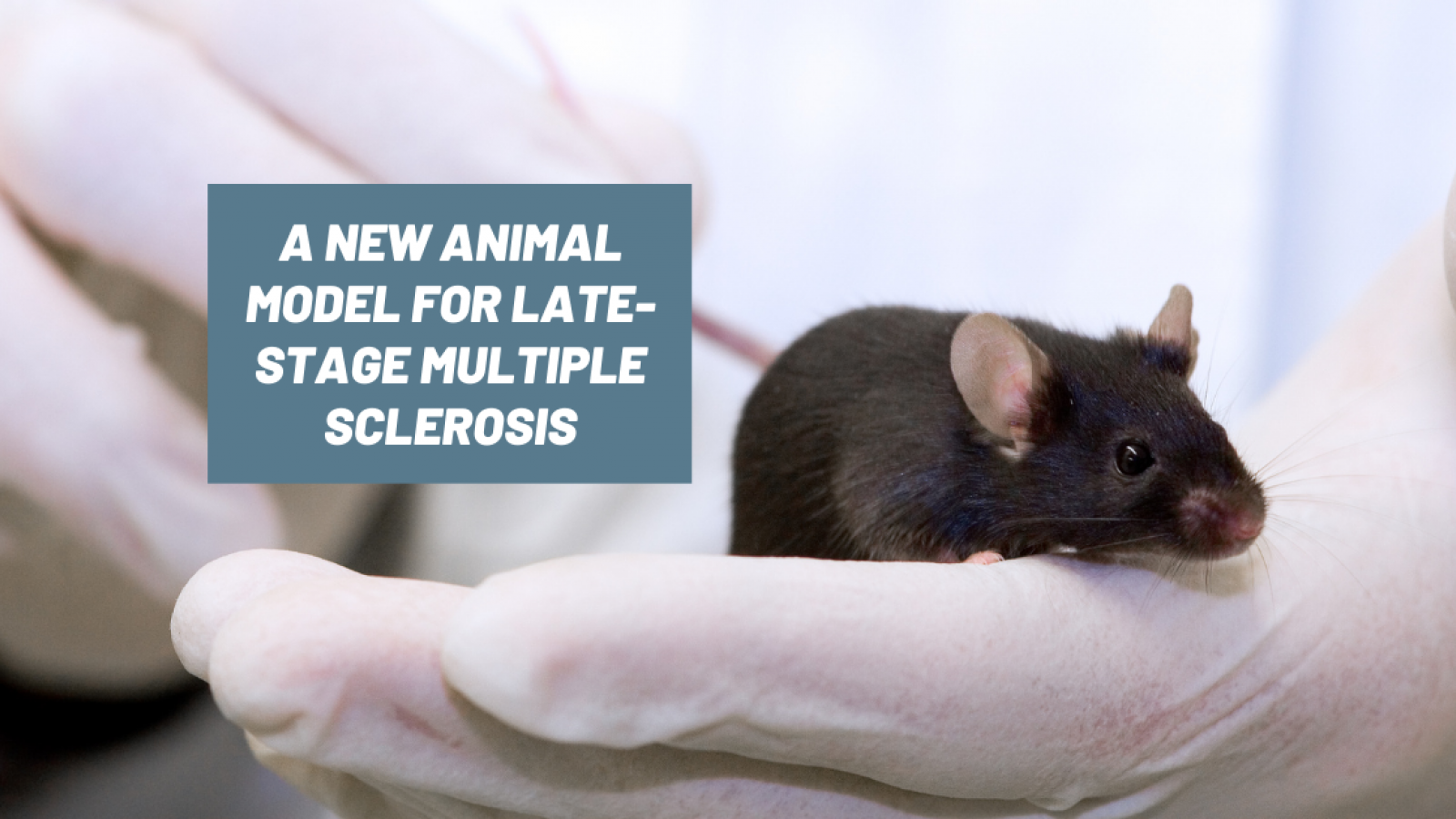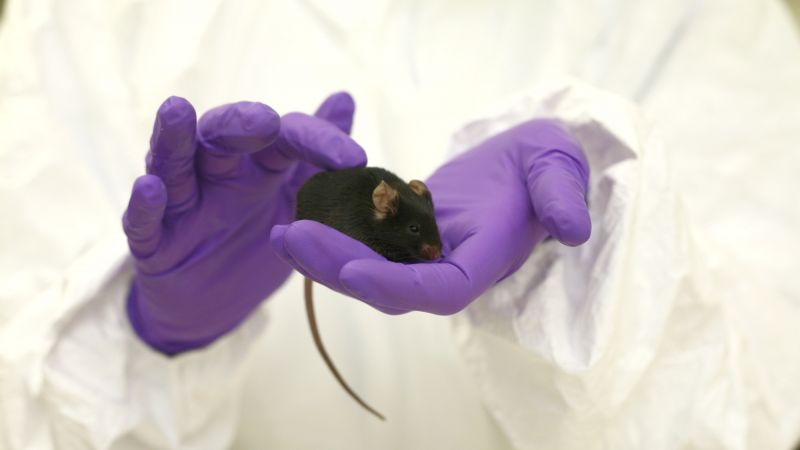Your immune system normally protects you against outside attack by fighting off infections, but sometimes it attacks the body instead. Immune system cells can attack nerves, more specifically the protective layers of myelin that surround the neurons. This is what causes multiple sclerosis (MS).
An estimated 130,000 patients, most of whom are women, live with MS in the UK. Nearly 7,000 people are newly diagnosed each year. This means that around one in every 500 people in the UK has MS, and that each week, 130 people are diagnosed with the disease. Because there are many different nerves that control different parts of the body, the symptoms of MS can vary quite widely from one person to the next, but they have one thing in common: once diagnosed, the disease stays with you for life.
Multiple sclerosis usually evolves with age. The first or early stage of MS, that usually occurs at a younger age, is called the relapsing-remitting stage, which means that symptoms come and go. This stage of the disease is quite well understood. It is very much driven by inflammation in the brain.
“Many drugs have proven effective in dampening this inflammation, and preventing these relapses. Research has been hugely successful over the last 15 years in finding solutions to counter early-stage MS, but we still haven’t found a treatment for late stage MS,” explains Anna Williams, Professor of Regenerative Neurology at the University of Edinburgh.
As patients age, the nature of the disease changes and the immune system becomes less important in the progression of MS. After the age of 40, it is normal for nerves to begin to die in the brain and spinal cord. But if the nerves are already damaged by MS or, more specifically, their protective myelin shield is, they die faster and patients get gradually more disabled over time, not in a relapsing-remitting way but in a progressive way. This later stage of the disease is often referred to as progressive MS. Despite years of research, scientists haven’t yet found a way to prevent neuronal death in MS or in other neurodegenerative diseases.
“For years now, we’ve been trying to find a way to keep these neurons alive,” says Prof Williams. “We’ve been looking at post-mortem brains but this has limitations. They only give researchers a view of a unique time-point. So scientists have often turned to animal models. But most of the models for MS are inflammatory models of early stage MS.”
In the experimental autoimmune encephalomyelitis mouse model, the immune system of mice is modified to act against and damage myelin in the brain. This is a good model for the relapsing-remitting stage of multiple sclerosis.
“All of the drugs that we have that work for relapsing-remitting MS have been tested in this (mouse) model,” Prof Williams explains. “But it really isn’t a good model for looking at the neurodegeneration side of the disease. In general, the later stage models are fairly poor representations of the human disease. They don’t answer the right questions. That is the key to modelling any disease. You have to use the right model to answer the right question that you can then apply back to humans.”
Faced with the lack of effective ways to study late-stage MS, Prof Williams and her team are developing their own animal model.
“We wanted to reproduce the lack of myelin in the brain. To do so we made a small 2mm hole in the skull of mice and placed a small sponge soaked in a de-myelinating substance at the surface of the brain."
The de-myelinating substance is effectively a detergent. It removes the myelin from all of the neurons in the area. Prof Williams found that this causes a particular set of neurons to die. These are the inhibitory neurons, the ones that limit and control the actions of the other brain cells. Inhibitory neurons have to fire very fast and often and so need more energy that other neurons, energy that the myelin sheath usually helps to provide.
"This affected only inhibitory nerves of the brains, not the excitatory one, just like in MS. This is effectively the first realistic mouse model of human MS.”
Although the operation sounds severe, the mice barely develop any symptoms. The operation takes about 20 minutes and only a very small part of the cortex is affected. The lesion is very limited and distinct. The animals recover from the operation very quickly and don’t need special care. They just need to be kept warm while they recover from surgery, but after they can feed and run around and do everything as usual. As such, the procedure is classified as mild to moderate.
Prof Williams and her team are expecting a lot from this model:
“We’re hoping it will change the pace in neurodegenerative research, which has been very slow and rather unsuccessful. We’ve been working on trying to keep nerves alive for years, decades, probably half a century, and not found anything. Hopefully this model will change things, for MS patients but also patients with other diseases that cause nerves to die.”
New drugs are already being screened in Prof Williams’ mouse model.
Last edited: 27 October 2022 18:59




